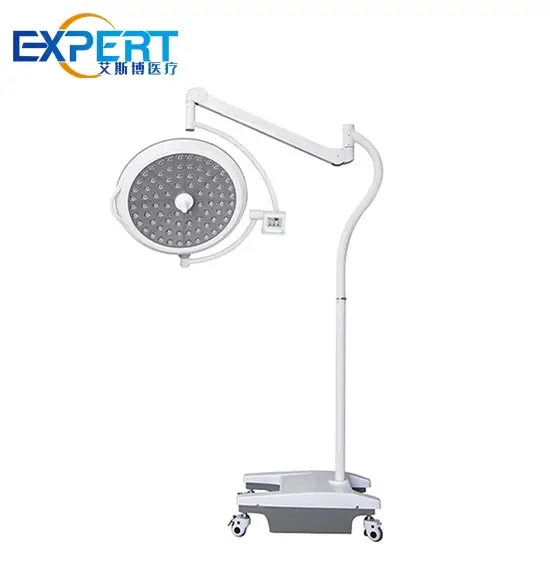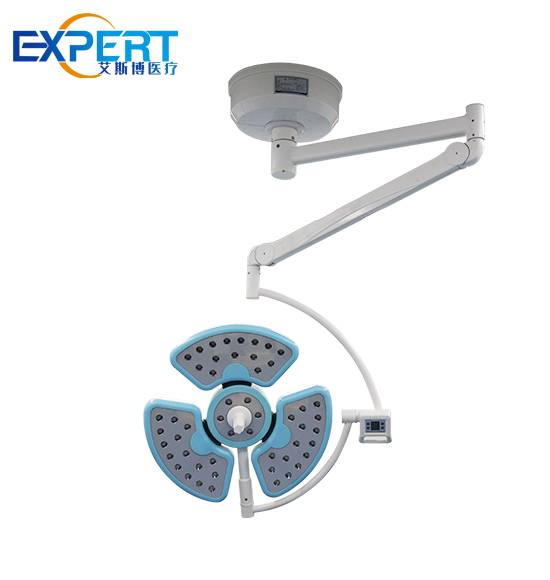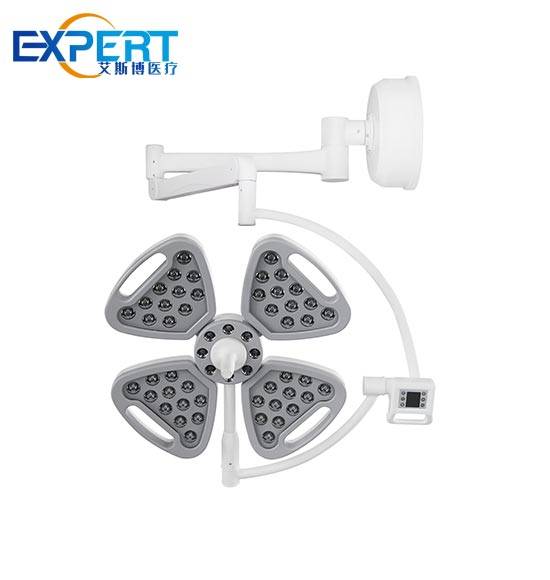Endereço
304 North Cardinal St.
Dorchester Center, MA 02124
Horas de trabalho
Segunda a sexta: 7h00 - 19h00
Fim de semana: 10h - 17h
Endereço
304 North Cardinal St.
Dorchester Center, MA 02124
Horas de trabalho
Segunda a sexta: 7h00 - 19h00
Fim de semana: 10h - 17h

In the realm of modern medicine, the surgical lighting system is a pivotal component that can significantly impact the outcome of surgical procedures.
In the realm of modern medicine, the surgical lighting system is a pivotal component that can significantly impact the outcome of surgical procedures. The right lighting ensures that surgeons have a clear view of the operative field, which is essential for precision and patient safety. This blog delves into the two most popular types of surgical lighting systems—LED and Halogen. We will explore their features, advantages, and disadvantages to help you make an informed decision.

A surgical lighting system is a crucial element in any operating room. It provides illumination that is critical for visualizing the fine details of tissues and organs during surgery. The primary goal is to deliver bright, shadow-free light that can reach deep into body cavities, offering a clear view without causing any glare or discomfort to the surgical team.
There are several types of surgical lighting systems, but the two most commonly used in modern operating rooms are:
LED Surgical Lighting Systems
Halogen Surgical Lighting Systems
Each of these systems has its unique characteristics and benefits, which we will explore in detail.









LED surgical lighting systems have gained immense popularity due to their numerous advantages:
Despite their many benefits, LED surgical lighting systems also have some drawbacks:
Halogen surgical lighting systems have been a staple in operating rooms for decades and offer several advantages:
However, halogen lighting systems are not without their drawbacks:

To provide a clearer comparison between LED and Halogen surgical lighting systems, let’s examine their performance based on key criteria.
| Critérios | LED Surgical Lighting System | Halogen Surgical Lighting System |
|---|---|---|
| Eficiência energética | Alto | Baixo |
| Vida útil | Over 50,000 hours | 1,000-5,000 hours |
| Brilho e clareza | Excelente | Bom |
| Emissão de calor | Mínimo | Alto |
| Custo | Higher initial cost, lower operational cost | Lower initial cost, higher operational cost |
| Manutenção | Baixo | Alto |
| Ajustabilidade | Alto | Limitado |
Selecting the appropriate surgical lighting system depends on various factors, including budget, specific surgical needs, and personal preferences. While LED systems offer superior performance and long-term cost savings, halogen systems may still be preferred for their initial affordability and warm light quality.
In conclusion, both LED and halogen surgical lighting systems have their own sets of advantages and disadvantages. LED systems stand out for their energy efficiency, longevity, and superior light quality, making them a preferred choice for many modern operating rooms. However, halogen systems remain relevant due to their lower initial cost and warm light quality. Ultimately, the choice between LED and halogen surgical lighting systems should be guided by the specific needs of the surgical environment and the preferences of the surgical team. Investing in the right lighting system is crucial for ensuring optimal surgical outcomes and enhancing patient care.
LED surgical lighting systems typically last over 50,000 hours, while halogen systems last between 1,000 to 5,000 hours.
LED lights are generally better due to their brightness, clarity, and minimal heat emission, but preferences may vary depending on the type of surgery and surgeon’s comfort with the light quality.
LED lights require less maintenance compared to halogen lights, primarily due to their longer lifespan and lower heat emission, which reduces wear and tear.
LED systems are more energy-efficient, resulting in lower energy costs over time compared to halogen systems, which consume more power.
Yes, many existing halogen systems can be retrofitted with LED technology, though it may require an initial investment.